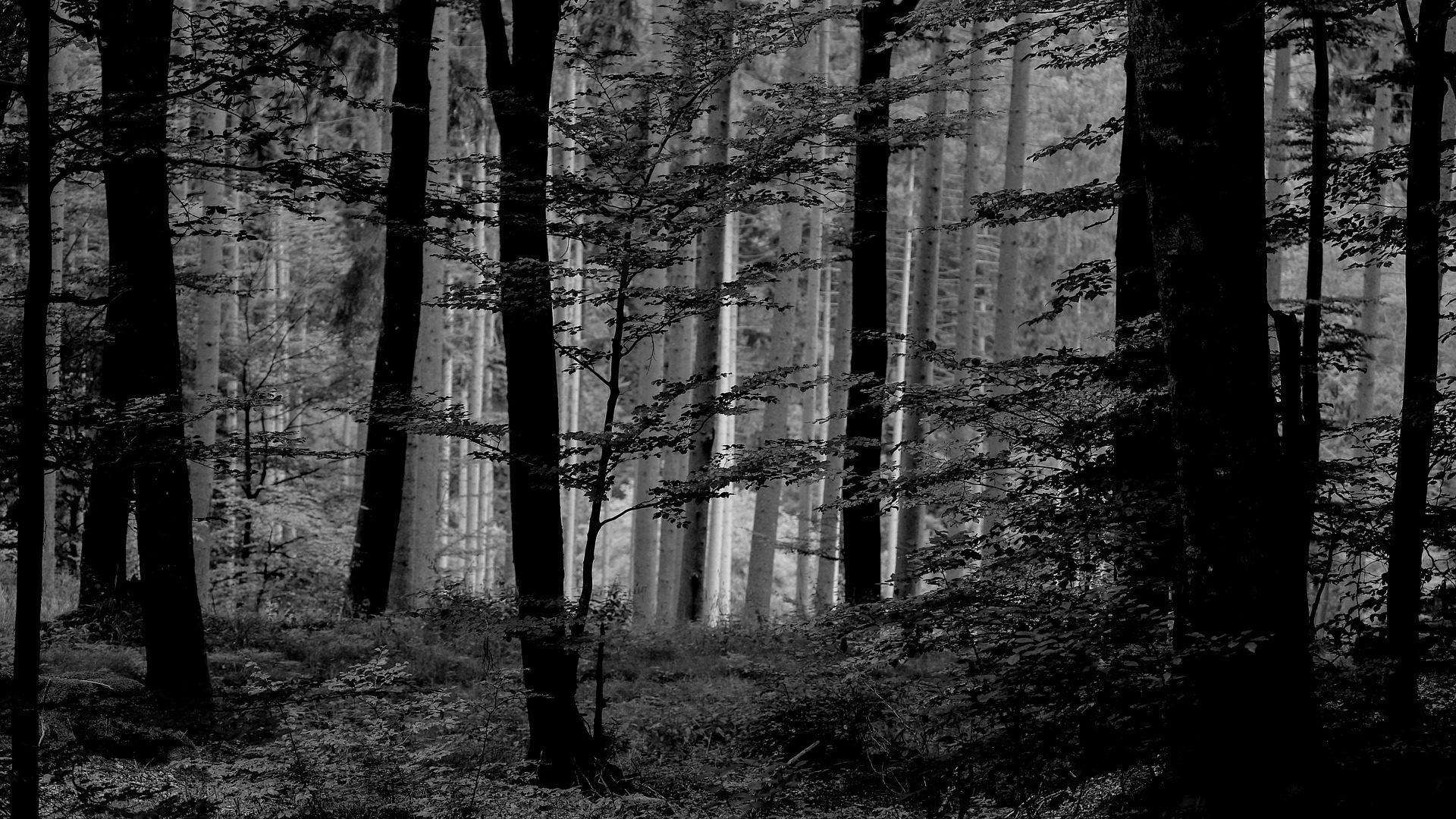Five Obstructions Answer Questions
- The rules of the five obstructions: (1) each scene should be no more than 12 frames, and should be answers to the question asked in the film Perfect Human, it should be shot in Cuba, and it includes no set. (2) It must be shot in the most miserable place in the world but is forbiddened to be shown, and is done with a “perfect” collaborator. (3) It could be shoot in complete freedom, or back to Bombay. (4) A cartoon. (5) Lars Von Trier will make the last obstruction, and Jorgen Leth will be credited as director, reading a narration script written by Lars Von Trier.
- How Jorgen cope with the obstructions: (1) He found dancers in Cuba, and shot the scene of them smoking, dancing with music, and using many approaches like jump cuts, thus spending a very short time to each scene. Therefore, the scene seemed consistent. (2) He found a street in Bombay, which was consumed of poor native people. Then, he dressed formally and had a delicious meal, leaving out a transparent but fuzzy board behind through which the hungry-looking children looked. (3) He shot random things like chairs at the beginning, then used juxtaposition to focus on a man’s daily life, and his meeting with the “perfect woman”. (4) Cooperated with animators, he created scenes using very dominant-looking colors and laid out the scene like comics. (5) He challenged himself to read the narration with emotion, which he had never done in his film.
- The effect of movies he produced: these films designed successfully challenged Leth’s creativity and push him out of his comfort zone, forcing him to approach his filmmaking in new and unexpected ways. The result is an innovative and thought-provoking film that raises important questions about the creative process and the nature of art.
(1) Leth’s first remake of “The Perfect Human” gave a novel and funky experience. The tracking shot and time limits create a sense of urgency and motion, and the result is a more dynamic and energetic film.
(2) Leth’s second obstruction of “worst possible” version of “The Perfect Human” used contrast and realism to show the local people’s real life and strong sense of misery.
(3) I think the creation of scene really inspired me. The self-introduction, for example, was repetitive but simple.
(4) The cartoon animation was playful and humourous. The use of animation also allows Leth to experiment with visual metaphors and symbolism in new ways.
(5) The fifth film enabled emotional changing of the film by changing the emotion of the narrator.
4. The film I think is really abstract to watch. The means of expression is too artistic and documentary, which gave me a very “horrible” sense when understanding. Maybe I should increase my ability in perceiving arts. But overall, the fact that trying different elements of films is interesting. (Nevertheless, I won’t appreciate the filmer filming hungry children watching him eating food happily. I think as a film it should be humanitarian.)
